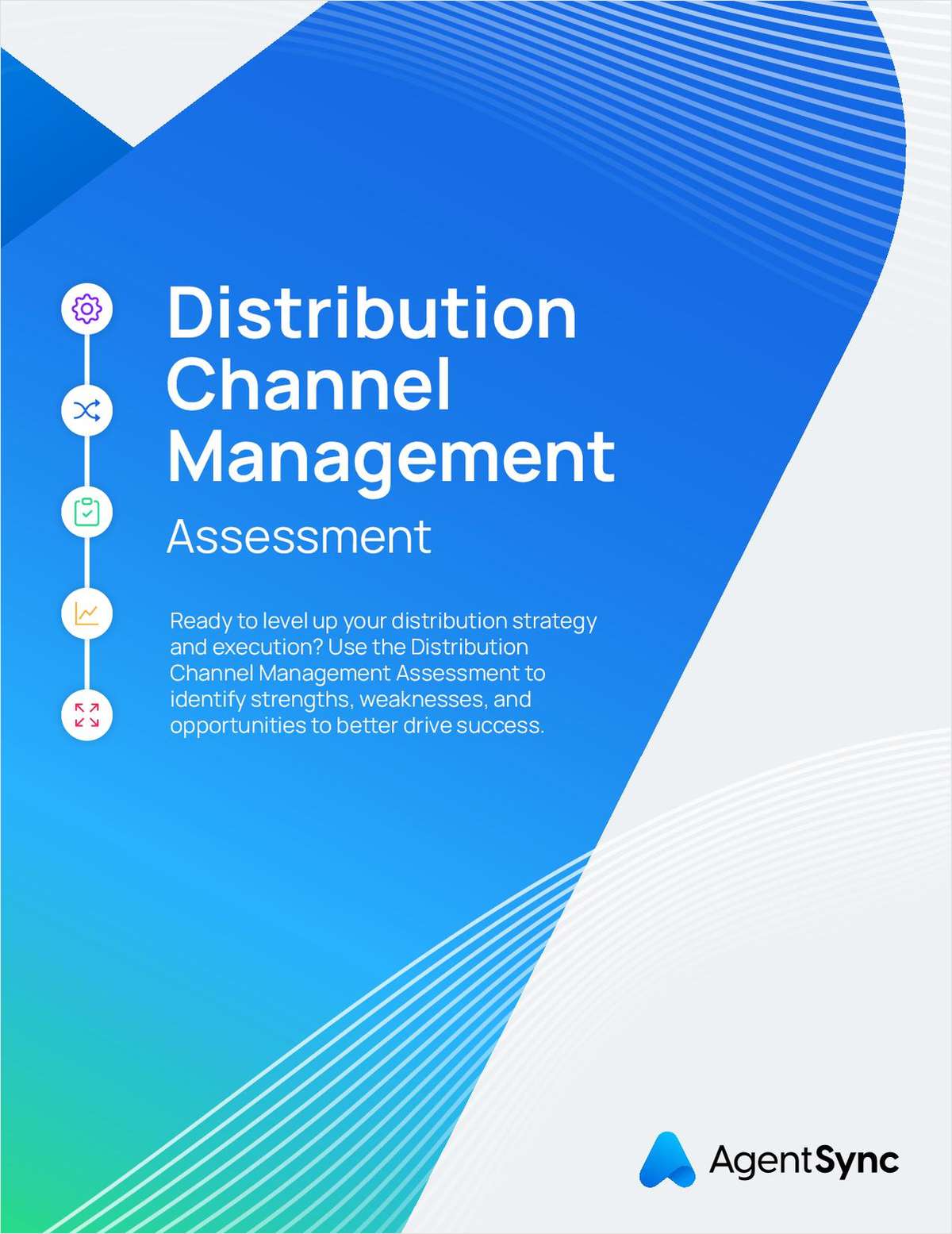Legislation was introduced Oct. 29 in both the House and Senate that, as expected, would effectively delay for perhaps four years most flood insurance rate increases mandated by a 2012 law reauthorizing the National Flood Insurance Program.
Despite the fact that the sponsors resisted initiatives by some members of Congress to delay even increases proposed for second homes and businesses, an insurance industry trade group, a coalition of supporters of comprehensive catastrophe abatement policies and a conservative think tank immediately said they would oppose the legislation.
Sponsors of the bills seeking the delay face other hurdles. For example, they must either propose ways to offset the cost to the U.S. budget deficit or obtain a waiver of those budgetary rules. The amount of the required funds will have to be set by the Congressional Budget Office.
They are also acting against the background of the fact that, as a result of Sandy and Katrina, the NFIP owes the Treasury approximately $24 billion—and the amount is likely to raise as homeowners impacted by Sandy appeal to get more funds than authorized to rebuild their homes or businesses. The National Association of Mutual Insurance Companies said the debt is now $28 billion.
The primary sponsors in the Senate are Sen. Robert Menendez, D-N.J., and Johnny Isaakson, R-Ga. The bill, the "Homeowner Flood Insurance Affordability Act," has eight other Senate co-sponsors. Companion legislation is being introduced at the same time in the House. The chief sponsor of the House bill is Rep. Maxine Waters, D-Calif., ranking minority member of the House Financial Services Committee. A total of 36 other members of the House also signed on.
Menendez and Isaakson said the bill delays the "most dangerous rate increases under the Biggert-Waters Act until FEMA proves its flood maps are accurate and understands the impacts these drastic rate increases will have on individual policy holders and the program at large."
They said the legislation "is about fairness and building a future our communities can count on."
"Our coalition of business groups, non-profits, local leaders and bipartisan members of congress continues to grow every day and we will keep pushing until this bill becomes law," Menendez and Isaakson said.
However, the National Association of Mutual Insurance Companies said the bill is a bad idea and suggested as an alternative that Congress could further ease the transition to risk-based rates without damaging the NFIP simply by moving from the hidden subsidy of suppressed rates to a transparent one provided to homeowners on a means-tested basis.
"It's understandable, from a political perspective, that elected officials don't want to be seen as the reason for higher flood insurance premiums, and no one wants to see homeowners face a true hardship," said Jimi Grande, senior vice president of federal and political affairs for NAMIC.
"At the same time, however, there are millions of policyholders who rely on the NFIP for flood insurance and who deserve a program that will be able to meet its obligations," Grande said. "As it stands, that cannot be said of the NFIP, which owes roughly $28 billion to the taxpayers and is why these reforms were passed in the first place. Delaying the reforms adopted under the Biggert-Waters Act means a return to the days of the NFIP needing taxpayer-funded bailouts."
SmarterSafer.org, a coalition of environmental groups, taxpayer advocates, insurers, and housing and mitigation organizations, said the delays proposed in the bills would "essentially gut" badly needed reforms to the NFIP and put its financial stability in danger.
It instead suggested several "commonsense measures" that would make these reforms work better for those with real needs "while continuing to shore up the finances of the NFIP. Delaying would be a mistake and should be avoided at all costs."
The R Street Institute, a conservative think tank, said the Government Accountability Office has determined that 78.8 percent of subsidized policies are in counties that rank in the top 30 percent of home values, while less than 1 percent are in counties that rank in the bottom 30 percent.
"Delaying the scheduled phase-out of flood insurance premium subsidies amounts to a gift to mostly wealthy homeowners who get to enjoy cheap insurance on their beach homes thanks to taxpayer support," said R Street Senior Fellow R.J. Lehmann.
"It's important that flood map designations reflect the risk on the ground as accurately as possible, and to that end, we think it is important that FEMA's maps account for all flood protection systems, including those state and local levees that have not been certified by the Army Corps of Engineers," Lehmann said.
Want to continue reading?
Become a Free PropertyCasualty360 Digital Reader
Your access to unlimited PropertyCasualty360 content isn’t changing.
Once you are an ALM digital member, you’ll receive:
- Breaking insurance news and analysis, on-site and via our newsletters and custom alerts
- Weekly Insurance Speak podcast featuring exclusive interviews with industry leaders
- Educational webcasts, white papers, and ebooks from industry thought leaders
- Critical converage of the employee benefits and financial advisory markets on our other ALM sites, BenefitsPRO and ThinkAdvisor
Already have an account? Sign In Now
© 2025 ALM Global, LLC, All Rights Reserved. Request academic re-use from www.copyright.com. All other uses, submit a request to [email protected]. For more information visit Asset & Logo Licensing.








